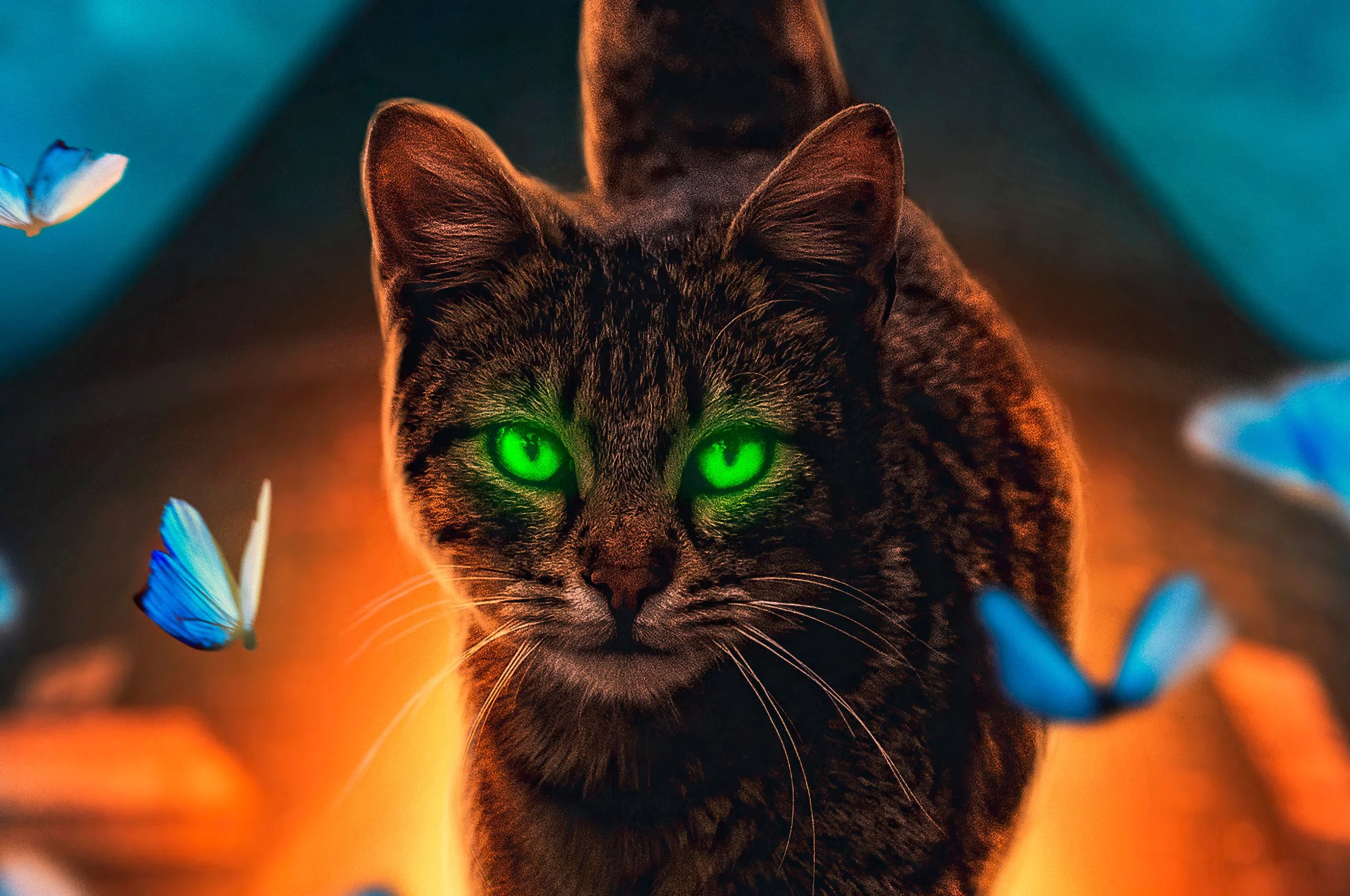When we have only one calico cats for sale and she misses the litterbox, it can be hard to fix. When we have more than one cat in the house, it can be even harder. Here’s a step-by-step guide to help stop litterbox problems in a multi-cat home. first of all, act fast. A litterbox problem that continues for a long time can become harder and harder to solve. Litterbox mistakes can lead to territorial responses, and disturb the routines and hierarchies of your entire household. Will Muffin still want to take her daily afternoon snooze on the couch if Tiger urinated there? She may find some other area, displacing more and more of your cats, and creating fighting and other dominance displays. If you put off solving the problem, hoping it will go away on its own, you may find it multiplying in your home.
Find the culprit. Before you even try to determine the “why,” figure out the “who.” If you catch it early enough, you can hopefully nail it down to one cat. Many people like to isolate each cat to determine which cat is causing the problem, but displacing one cat, even overnight, can sometimes lead to dominance displays in the others, as they claim undefended territory. If you have new cats, or kittens reaching adulthood, you may want to visit the vet for help. Your veterinarian can prescribe fluorescein for your cats, helping you to determine which urine stain(s) glow under an ultraviolet light.
Rule out a Veterinary Problem. Veterinary causes underlie many litterbox problems, particularly in household with older cats or those with access to the outdoors. Urinary tract infections are one of many common causes, where the cat develops an aversion to the box as a painful place to be. Other health problems can also cause litterbox mistakes. Worse, without visiting the veterinarian, your other cats may be at risk, which could cause the problem to multiply. No behavior techniques in the world will help a cat with a veterinary problem, so don’t skip the trip to the vet.
Observe the Behavior. If the vet rules out a health problem, I next recommend a brief observation period. It’s always very frustrating to the owner to let the cat continue his litterbox mistakes, but it gives you the knowledge to attack the specific problem. During the observation period, try to concentrate on the things in the environment that may be important to your cat, like litterboxes, food bowls, favorite places, the routines of the other cats and people in the home, etc. Start a journal where you record as much information as you can about every litterbox mistake, then look for links. Does the cat always use the same room? Is it always on carpeting? Does it happen after meals, or at some other time of day? Are the other cats nearby? Did you have guests over? When you isolate the specific stimuli involved, it allows you greater control without making major changes in the environment that may upset the rest of the cats.
Break the Habit. Elimination sites are matters of preference, and when the cat gets into the routine of going to a certain location, you’ll need to prevent the behavior from recurring. Since the smell of declining urine is a signal for the cat to “reapply,” clean the accident site with a pet odor remover – perhaps multiple times to get past the cat’s sensitive nose. Block off the area while the product does its work. Remote deterrents, that work whether you are around or not, will keep the cat from returning to the area whenever you aren’t standing guard. Double-sided tape or an upside-down plastic carpet runner, pointy feet up, can keep your cat from standing in the same area. Cats also hate to be startled, so anything that can safely surprise the cat when he visits that area can help make the area less “cat-friendly.”
Make the current litterbox more appealing. While you are preventing bad habits, make good habits more appealing. The litterbox should be clean, have privacy, and in multi-cat homes, escapability is also important. This simply means that the cat can see off a distance, so he won’t be ambushed in the box, or on his way there. Most cats prefer clumping, non-perfumed litter, but work with your individual cat to determine whether a box of a different size, shape, or litter would help.
